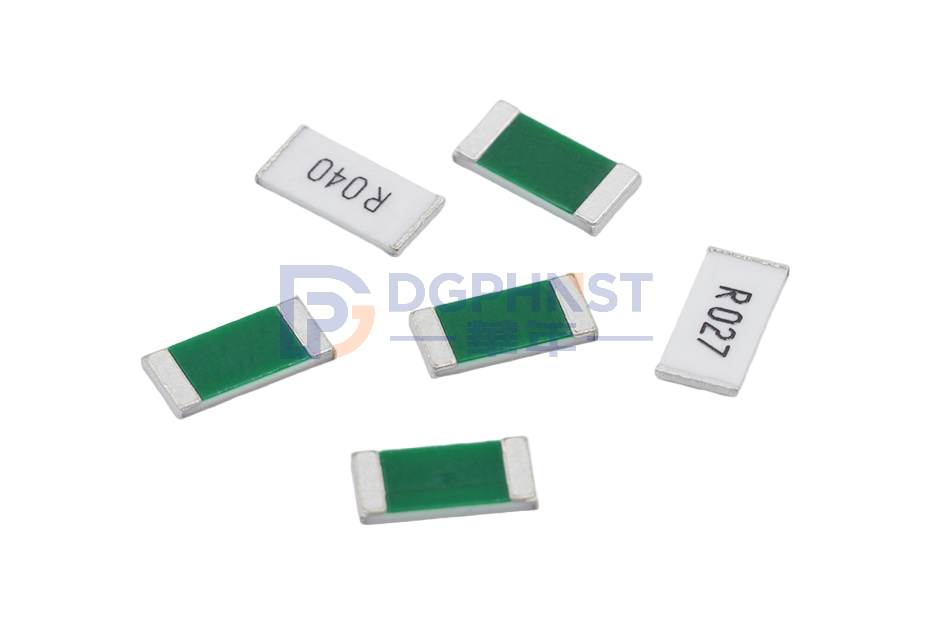High power resistor selection and purchase address: hnstshop.com/product-list/R10-p1-l10.html" target="_blank" rel="noopener">click on the image to enter
How many watts of power can a high-power resistor withstand?
High power resistors are electronic components used to consume a large amount of electrical energy. They are typically used in circuits to convert excess electrical energy into thermal energy. Before discussing how many watts of power a high-power resistor can withstand, let's first understand the concept of power.
Power is a physical quantity that measures the rate of energy conversion, representing the amount of energy conversion per unit of time. In a circuit, power can be calculated by multiplying current and voltage. The unit watt (W) represents 1 joule (J) of energy converted per second.
High power resistors are made of a special material that can withstand higher power. These materials typically have high electrical resistivity and good thermal conductivity, in order to effectively convert electrical energy into thermal energy. High power resistors are typically used in circuits that require significant electrical energy dissipation, such as motor drives, electric heaters, electronic devices, etc.
The power withstand capacity of high-power resistors is determined by various factors in their design and manufacturing process. The following are some key factors that affect the power tolerance of high-power resistors:
Materials: Materials used in high-power resistors typically have high thermal conductivity to effectively transfer the generated heat to the surrounding environment. Commonly used materials include copper, aluminum, nickel alloys, etc.
Size: The larger the size of a high-power resistor, the larger its surface area, which can better dissipate heat. Therefore, large-sized high-power resistors typically have higher power tolerance.
Design: The design of high-power resistors should consider factors such as the material, size, and heat dissipation method of the resistor. A reasonable design can ensure that the resistor can work stably during high-power operation and will not overheat and damage.
Temperature: The working temperature of a high-power resistor is an important indicator of its power bearing capacity. Excessive temperature can lead to an increase in the resistance value and a decrease in thermal conductivity of the resistor, thereby affecting its heat dissipation performance and power bearing capacity.
Overall, the power withstand capacity of high-power resistors can be improved through reasonable design, high-quality materials, and appropriate dimensions. Generally speaking, the power withstand capacity of high-power resistors can reach a range of several watts to several thousand watts.
However, it should be noted that the power withstand capacity of high-power resistors is not necessarily as high as possible. In circuit design, it is necessary to select high-power resistors with appropriate power based on actual needs and safety standards. If the power is too high, the resistor may damage the circuit or cause other safety issues due to overheating.
In summary, high-power resistors are electronic components used to consume a large amount of electrical energy. Its power bearing capacity is influenced by factors such as material, size, design, and temperature. The power withstand capacity of high-power resistors can usually reach the range of a few watts to several thousand watts, but it needs to be selected based on actual needs and safety standards.



